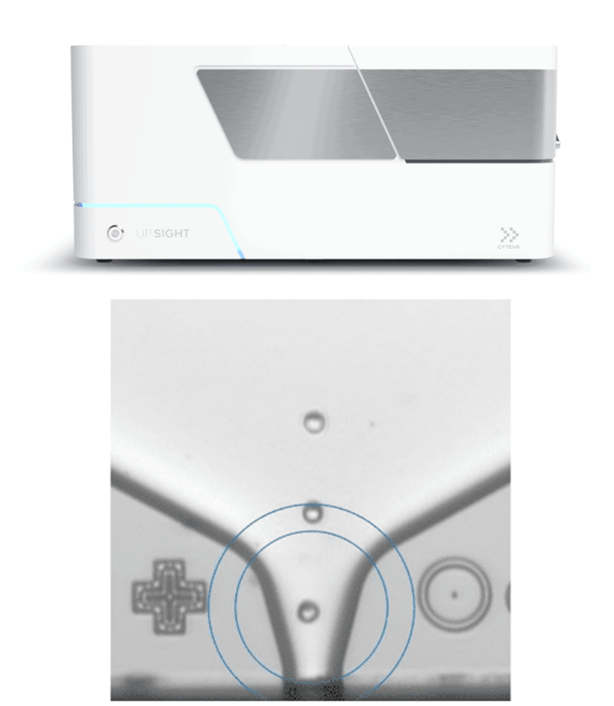BICO News Feed
- July 18, 2024
- 8:42 am
Maximizing Efficiency in Cell Line Development: Techniques and Tips
Maximizing Efficiency in Cell Line Development: Techniques and Tips
Automation
Reduced Risk
Cell line development processes require single-cell dispensing, which is time-consuming and prone to error and contamination when performed manually5. Loss of clones can be devastating for cell line development, often requiring scientists to start from scratch. Clonal lines can fail due to instability and contamination, which can come from microorganisms or other clones. Automated dispensing reduces contamination by eliminating the need for manual input. Dispensing using the UP.SIGHT is more gentle on cells than other dispensing methods, which can improve the stability and viability of susceptible cell lines like induced pluripotent stem cells.
Higher Efficiency

Scaling
Culture Conditions
Screening
Quality Control
Monoclonality

Growth Issues
Conclusions and Future Trends
Ready to future-proof your workflows while shrinking your cell line development timeline? CYTENA is ready to provide ambitious researchers with the tools they need to pioneer the next generation of therapies. Contact one of our experts to learn more about the UP.SIGHT, or book a demo today.
References
- Tihanyi B, Nyitray L. Recent advances in CHO cell line development for recombinant protein production. Drug Discovery Today: Technologies. 2020;38:25-34. doi:10.1016/j.ddtec.2021.02.003
- Clarke H, Mayer‐Bartschmid A, Zheng C, et al. When will we have a clone? An industry perspective on the typical CLD timeline. Biotechnology Progress. Published online March 13, 2024:e3449. doi:10.1002/btpr.3449
- Schlander M, Hernandez-Villafuerte K, Cheng CY, Mestre-Ferrandiz J, Baumann M. How Much Does It Cost to Research and Develop a New Drug? A Systematic Review and Assessment. PharmacoEconomics. 2021;39(11):1243-1269. doi:10.1007/s40273-021-01065-y
- Holland I, Davies JA. Automation in the Life Science Research Laboratory. Front Bioeng Biotechnol. 2020;8(571777). doi:10.3389/fbioe.2020.571777
- Guan XL, Chang DPS, Mok ZX, Lee B. Assessing variations in manual pipetting: An under-investigated requirement of good laboratory practice. J Mass Spectrom Adv Clin Lab. 2023;30:25-29. doi:10.1016/j.jmsacl.2023.09.001
- Karimi Alavijeh M, Lee YY, Gras SL. A perspective-driven and technical evaluation of machine learning in bioreactor scale-up: A case-study for potential model developments. Eng Life Sci. 2024;24(7):e2400023. doi:10.1002/elsc.202400023
- Samoudi M, Masson HO, Kuo CC, Robinson CM, Lewis NE. From omics to Cellular mechanisms in mammalian cell factory development. Curr Opin Chem Eng. 2021;32:100688. doi:10.1016/j.coche.2021.100688
- Wurm F, Wurm M. Cloning of CHO Cells, Productivity and Genetic Stability—A Discussion. Processes. 2017;5(2):20. doi:10.3390/pr5020020
Stay updated
Get the latest first.



